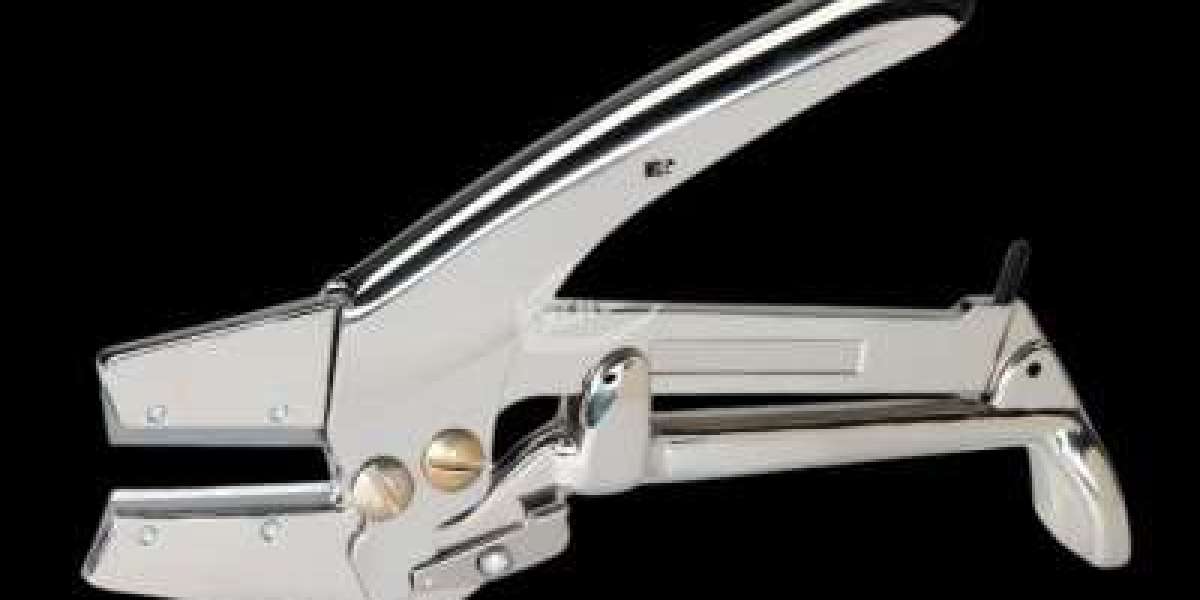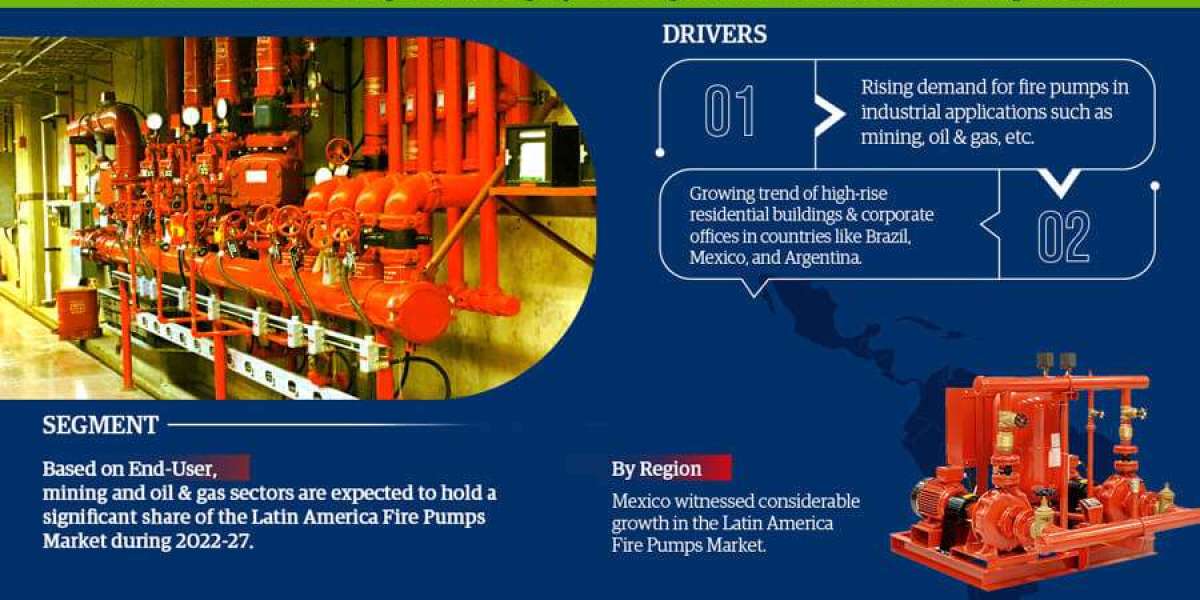Floor cutters, also commonly known as concrete saws or asphalt cutters, are powerful and indispensable tools in the construction and infrastructure maintenance industries. These robust machines are specifically designed to create precise cuts in hard, rigid surfaces like concrete, asphalt, and even some types of stone. Their applications are vast, ranging from road repairs and building demolition to creating expansion joints and installing underground utilities. Understanding the different types, key features, and operational considerations of floor cutters is crucial for anyone involved in projects requiring controlled and efficient cutting of hard surfaces.
The Versatility of Floor Cutters: A Range of Applications
The utility of floor cutters is evident in the diverse scenarios where they are employed. On roadways, they are essential for pavement repair, creating clean edges for patching potholes or larger sections of damaged asphalt or concrete. They are also vital for installing traffic loops for signals, cutting channels for drainage systems, and creating rumble strips for safety.
In the realm of building construction and demolition, floor cutters play a significant role. They are used to create expansion joints in concrete slabs, preventing cracking due to thermal expansion and contraction. During demolition, they allow for controlled segmentation of concrete structures, making the process safer and more manageable. Furthermore, floor cutters are crucial for installing underground utilities such as water pipes, electrical conduits, and fiber optic cables, enabling the creation of narrow, clean trenches with minimal disruption to the surrounding surface. Landscaping projects also benefit from floor cutters, which can be used to create clean edges for pathways, patios, and other hardscape features.
Understanding the Mechanics: Types of Floor Cutters
Floor cutters are not a one-size-fits-all solution. Different project requirements necessitate different types of machines, each with its own set of advantages and considerations. The primary distinctions lie in their power source and blade type.
Walk-Behind Saws: The Workhorse
Walk-behind floor saws are the most common type, typically powered by gasoline, diesel, or electric motors. The operator guides the saw manually, making them suitable for a wide range of applications, from small repairs to medium-sized projects. They are generally more portable than larger models and offer a good balance of power and maneuverability.
Self-Propelled Saws: Efficiency for Larger Jobs
For larger, more extensive cutting tasks, self-propelled floor saws offer increased efficiency and reduced operator fatigue. These machines move automatically at a consistent speed, ensuring a more uniform cut over longer distances. They are often equipped with more powerful engines and can accommodate larger diameter blades, allowing for deeper cuts.
Handheld Saws: Precision and Accessibility
While not strictly "floor" cutters in the traditional sense, handheld concrete saws are often used for smaller, more intricate cuts or in areas with limited access. These saws are typically powered by gasoline or electricity and offer greater maneuverability for tasks such as cutting around obstacles or making precise openings.
Key Features to Consider: Optimizing Performance
Selecting the right floor cutter involves considering several key features that directly impact performance and efficiency.
Engine Power: The Driving Force
The engine's power, measured in horsepower (HP), is a critical factor determining the saw's cutting capacity and speed. Higher horsepower engines allow for faster cutting through thicker and harder materials.
Blade Size and Depth: Cutting Capacity
The diameter of the saw blade dictates the maximum cutting depth. Larger blades enable deeper cuts in a single pass, which can save time and effort on thicker concrete or asphalt.
Blade Material and Type: Matching the Material
Different blade materials and segment designs are optimized for cutting specific materials. Diamond blades are the most common and offer excellent cutting performance and longevity for concrete and asphalt. The type of diamond bond and segment design should be chosen based on the hardness and abrasiveness of the material being cut.
Water Cooling System: Essential for Blade Life and Dust Control
Most floor cutters incorporate a water cooling system that continuously cools the blade during operation. This prevents overheating, reduces blade wear, and helps to suppress dust, creating a safer and cleaner working environment.
Dust Control Mechanisms: Safety and Compliance
Beyond water cooling, some floor cutters feature additional dust control mechanisms, such as vacuum ports that can be connected to dust extractors. This is particularly important in enclosed spaces or where stringent dust regulations are in place.
Conclusion: The Indispensable Tool for Hard Surface Cutting
Floor cutters are essential tools that empower professionals in construction, infrastructure maintenance, and related industries to efficiently and precisely cut through hard surfaces. Understanding the different types of floor cutters, their key features, and the specific requirements of a project are crucial for selecting the right machine and achieving optimal results. From repairing roads to creating expansion joints in buildings and installing underground utilities, the versatility and power of floor cutters make them an indispensable asset in shaping and maintaining our concrete jungle.
Visit the official website of intafloors.com.au



